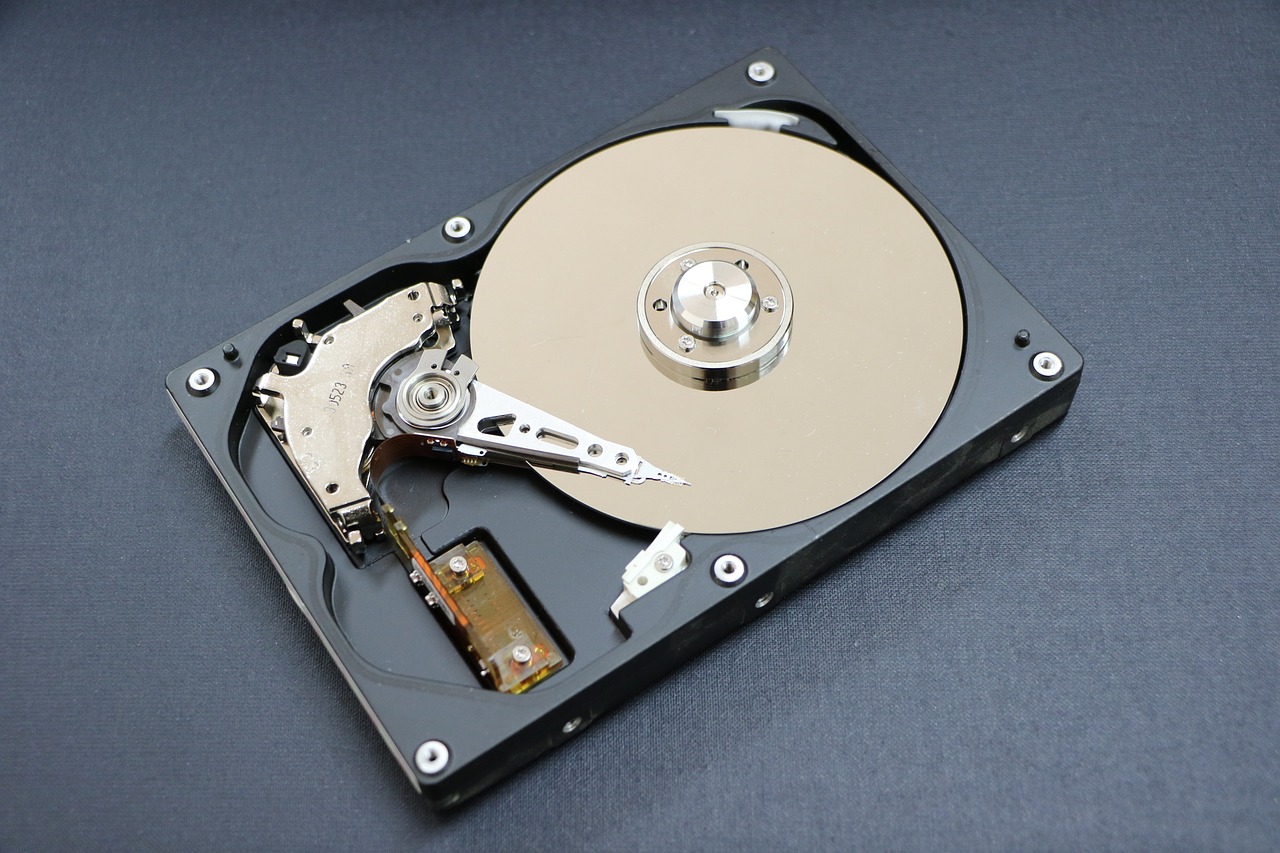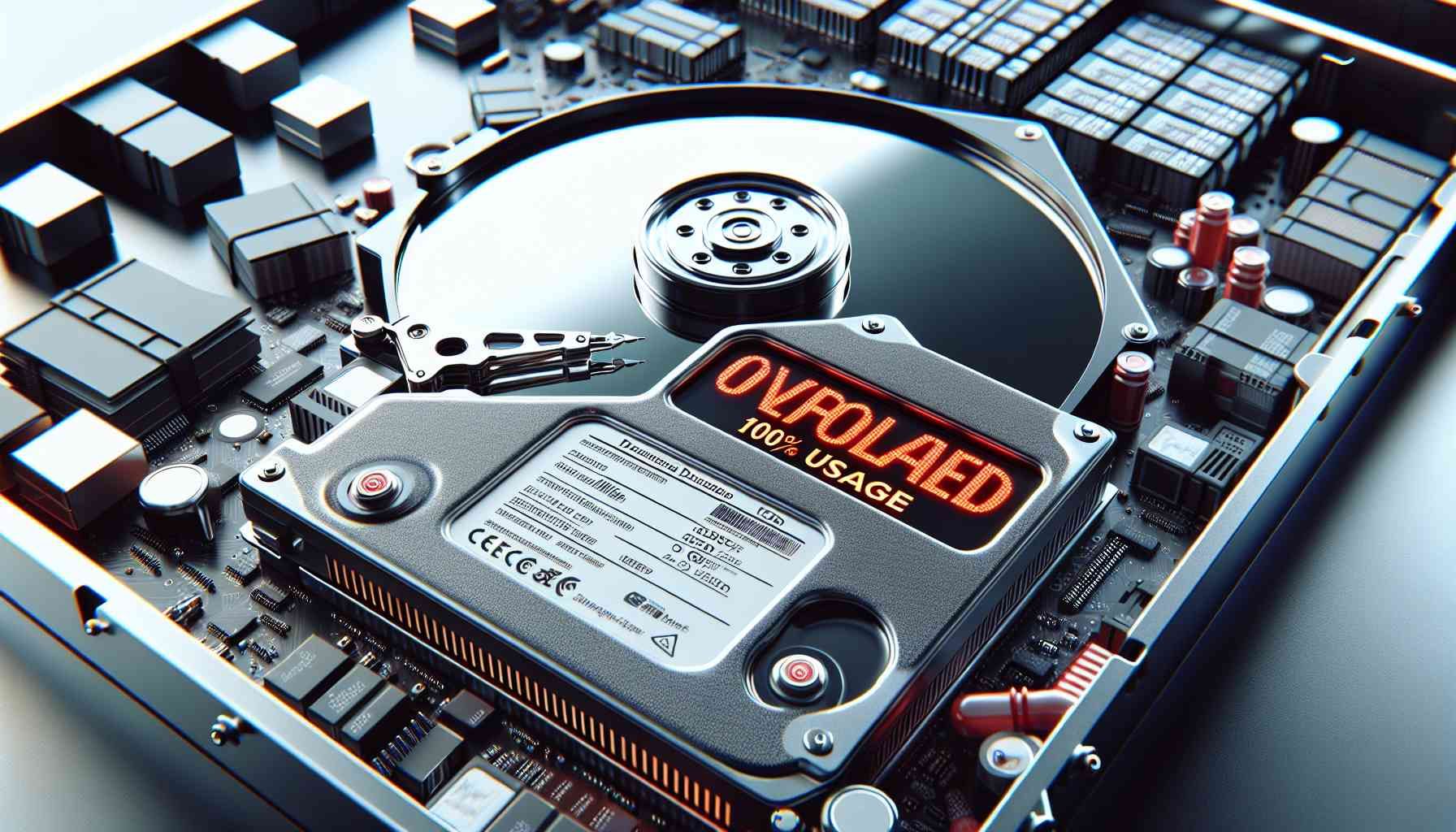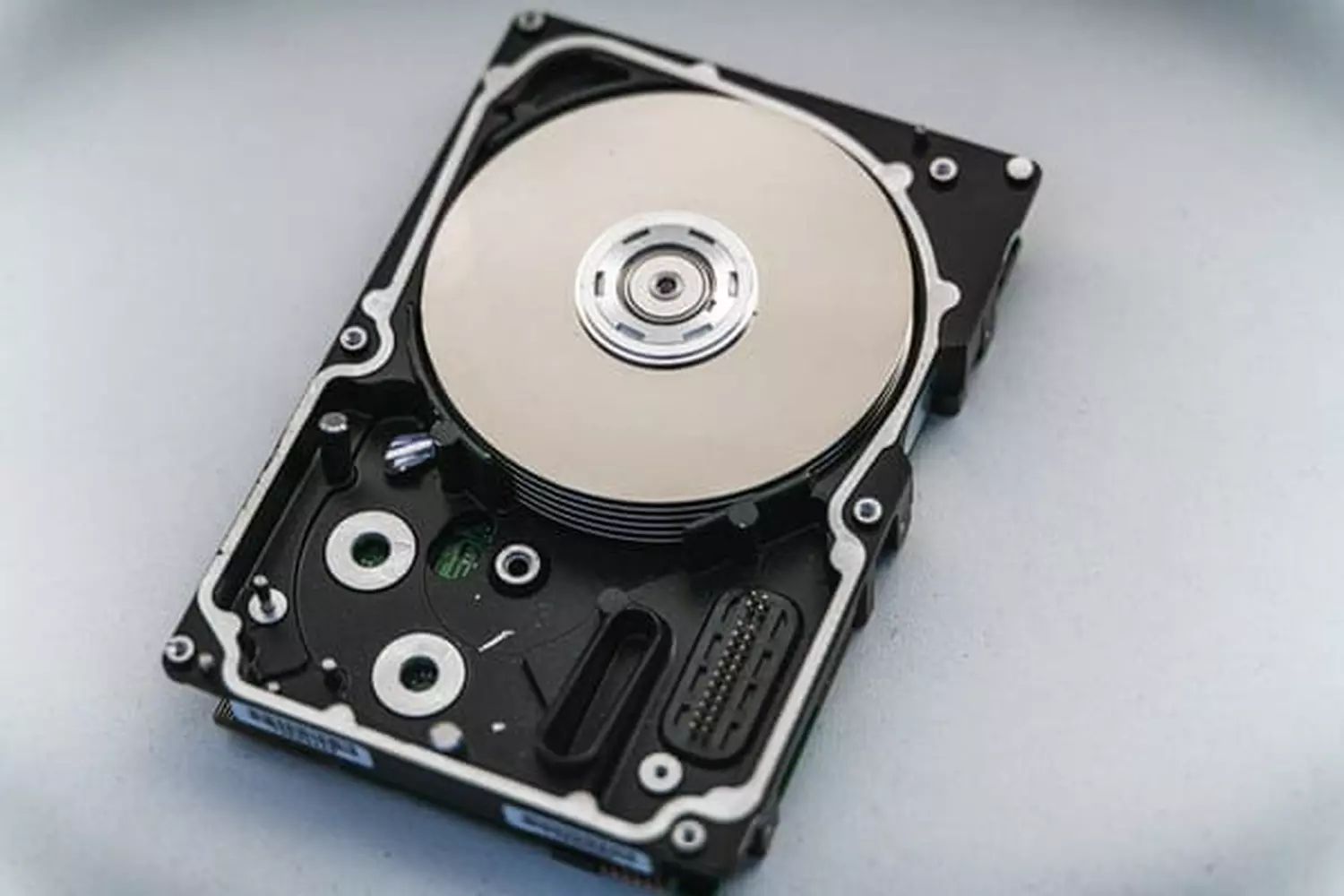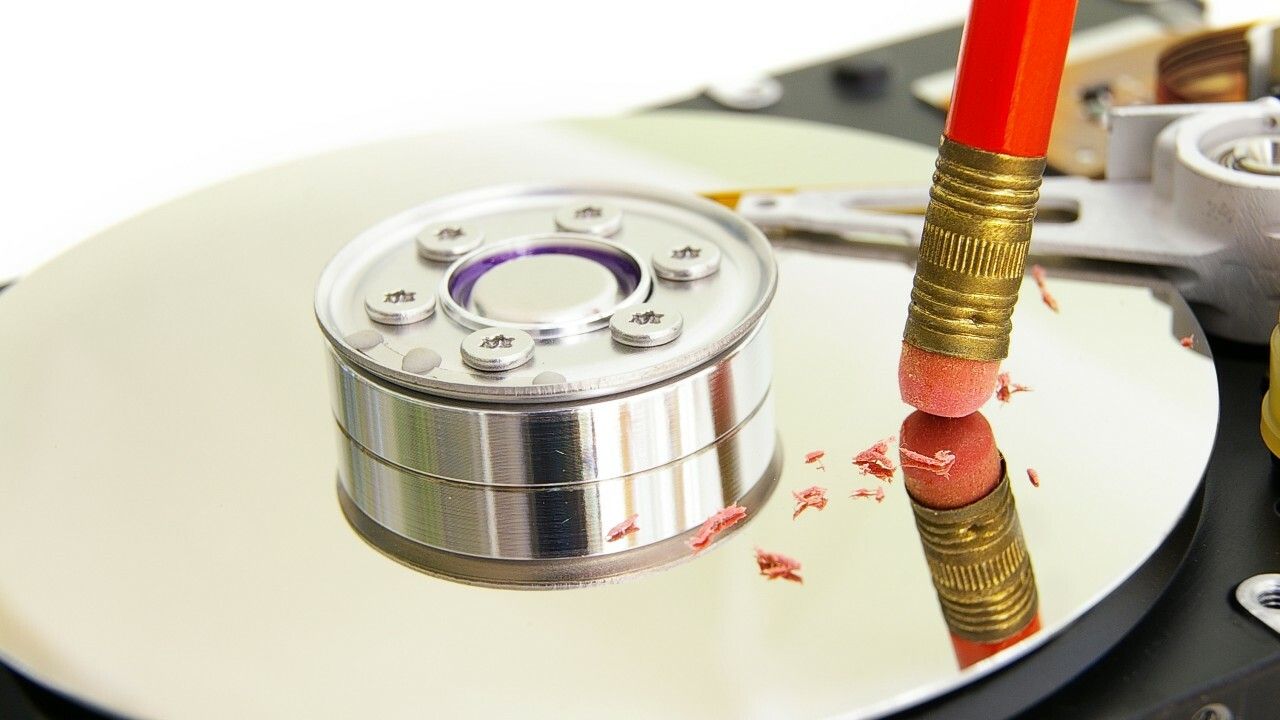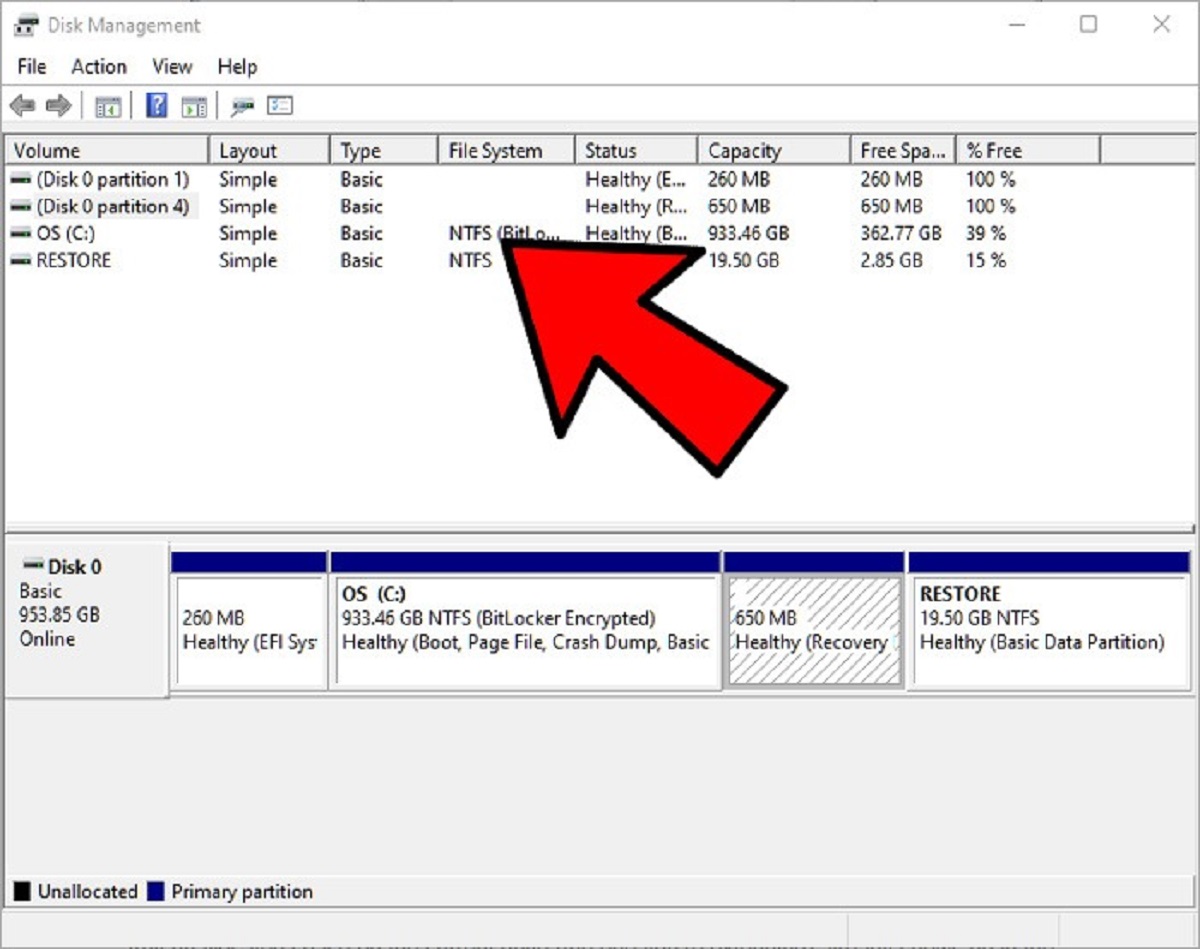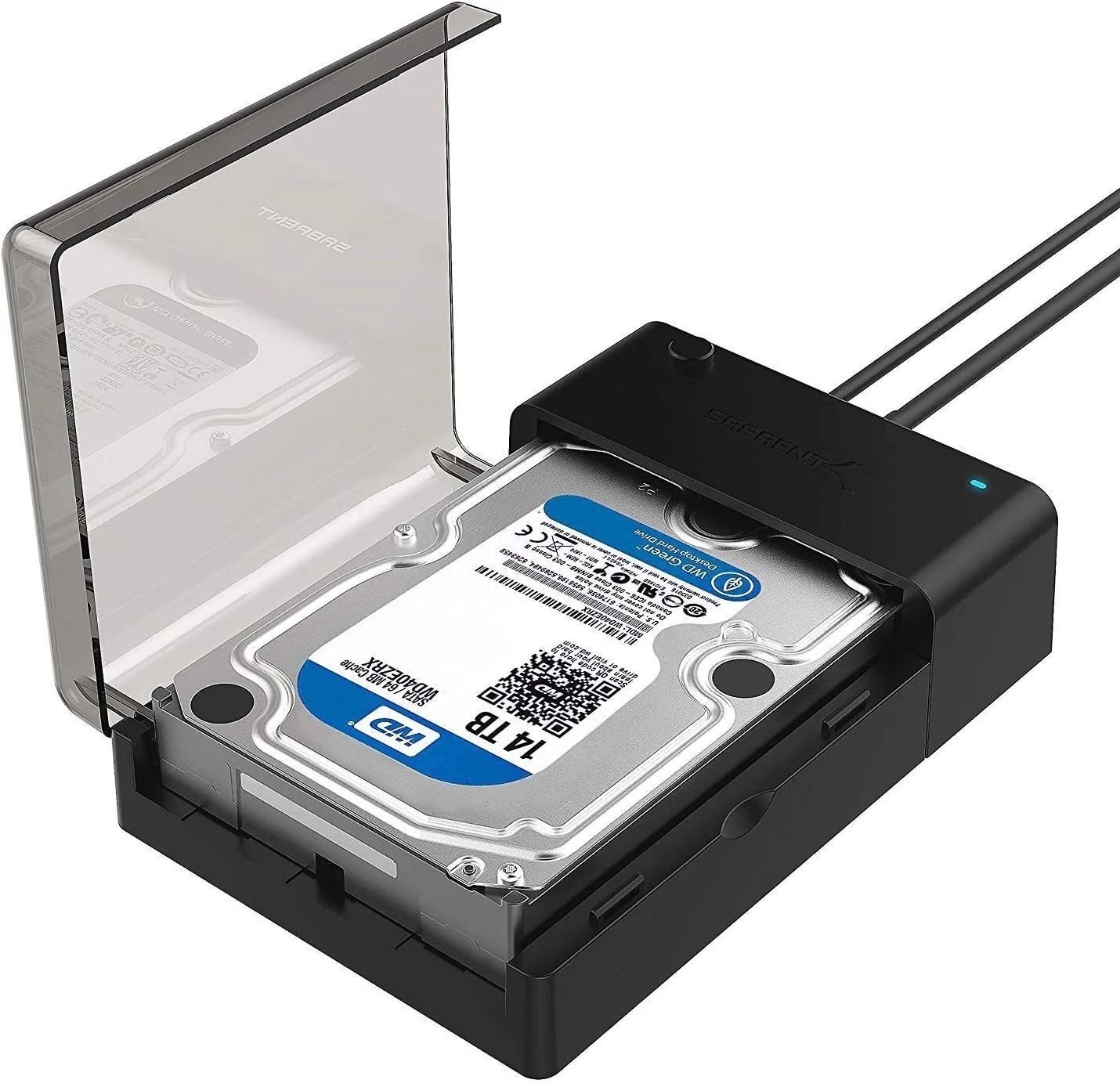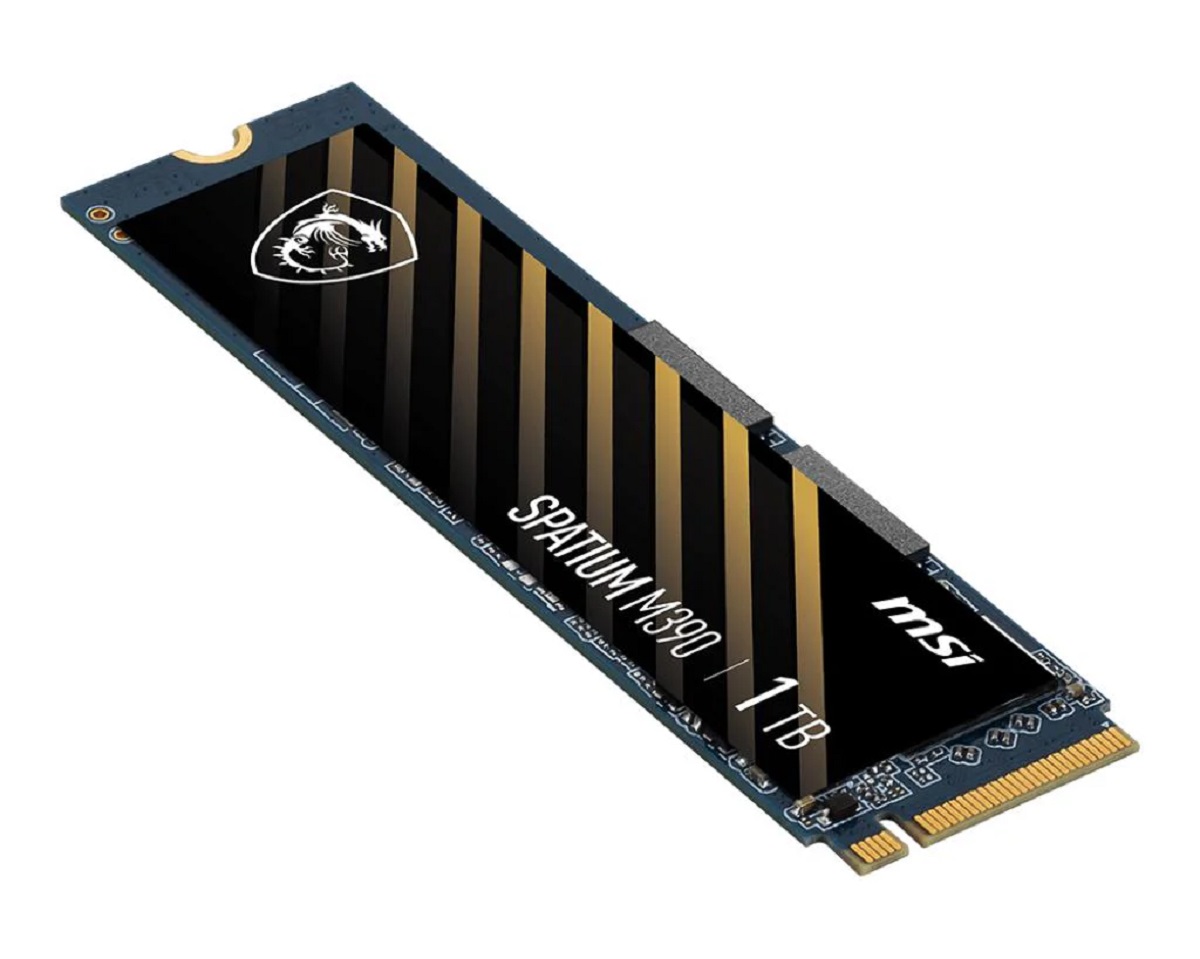Introduction
Welcome to this guide on how to create a temporary folder on your hard disk drive. Whether you need a temporary space to store files temporarily or want a designated location to organize your projects, a temporary folder can be a useful tool. This folder allows you to keep your files separate from the rest of your system, ensuring better organization and easy cleanup.
Having a temporary folder is particularly essential for individuals who regularly work with a large number of files or frequently download files from the internet. It provides a dedicated space where these files can be stored temporarily and easily accessed when needed, without cluttering your desktop or crucial directories.
In this guide, we will walk you through the step-by-step process of creating a temporary folder on your hard disk drive. We will also cover additional customization options, such as renaming the folder and changing its icon, to make it easier to identify and use. So let’s get started and learn how to create a temporary folder on your hard disk drive!
Step 1: Open File Explorer
The first step in creating a temporary folder on your hard disk drive is to open the File Explorer on your Windows computer. File Explorer is a built-in file management tool that allows you to browse and manage files and folders on your system.
To open File Explorer, you can use any of the following methods:
- Press the Windows key + E on your keyboard. This shortcut instantly opens File Explorer.
- Click on the Start button in the lower-left corner of your screen, and then click on File Explorer from the Start menu.
- Right-click on the Start button, and then select File Explorer from the context menu that appears.
Whichever method you choose, File Explorer will open, displaying a window that allows you to navigate through the files and folders on your computer. You are now ready to proceed to the next step to create a temporary folder on your hard disk drive.
Step 2: Navigate to the Hard Disk Drive
After opening File Explorer, the next step is to locate and navigate to the hard disk drive where you want to create the temporary folder. The hard disk drive is the primary storage device on your computer that stores all your files, programs, and operating system.
To navigate to the hard disk drive, follow these simple steps:
- On the left-hand side of the File Explorer window, you will see a list of shortcuts to frequently accessed locations. Look for the section labeled “This PC” or “Computer.”
- Click on “This PC” or “Computer” to expand the section and display all the available drives on your computer.
- Locate the hard disk drive where you want to create the temporary folder. It is usually labeled with the letter C:, but it may vary depending on your system configuration.
- Click on the hard disk drive to select it. Once selected, you will see a list of folders and files contained within the drive.
Now that you have successfully navigated to the desired hard disk drive, you are ready to move on to the next step and create the temporary folder. This folder will be the designated space for storing your files temporarily, providing a neat and organized solution to manage your files effectively.
Step 3: Right-click and select “New”
Once you have navigated to the desired hard disk drive in File Explorer, it is time to create the temporary folder. This can be easily done by using the right-click menu in File Explorer, which provides a convenient way to perform various actions on files and folders.
To proceed with this step, follow these instructions:
- Locate an empty area within the hard disk drive window, away from any existing files or folders.
- Position your mouse cursor over the empty area, and then right-click.
- A context menu will appear with a list of actions you can perform. From this menu, hover your cursor over the “New” option.
- Another submenu will open to the right, displaying different items you can create. Look for and click on the “Folder” option.
By selecting the “Folder” option, you are instructing File Explorer to create a new folder within the hard disk drive. This folder will serve as your temporary storage space for files, enabling you to keep them organized and easily accessible.
Once you have clicked on the “Folder” option, a new folder will appear in the File Explorer window with a default name, such as “New Folder.” In the next step, learn how to rename this folder to signify it as the temporary folder.
Step 4: Choose “Folder” from the dropdown menu
After right-clicking on an empty area within the hard disk drive window, a context menu appears in File Explorer. In this step, you will choose the “Folder” option from the dropdown menu to create a new folder within the selected drive.
To select the “Folder” option and proceed with creating the temporary folder, follow these steps:
- After right-clicking, a context menu appears. Hover your mouse cursor over the “New” option in the menu.
- A submenu will appear to the right with various items you can create. Look for and click on the “Folder” option from the submenu.
By choosing the “Folder” option, File Explorer understands that you intend to create a new folder within the hard disk drive. This folder will act as your temporary storage space, allowing you to keep your files organized and separate from other files on your computer.
Upon selecting the “Folder” option, a new folder will be created in the File Explorer window with a default name, such as “New Folder.” The next step will guide you through renaming the folder to signify it as a temporary folder.
Step 5: Rename the folder to signify it as temporary
After creating the new folder in File Explorer, the next step is to give it a name that clearly signifies it as a temporary folder. Renaming the folder will help you identify it easily and distinguish it from other folders on your hard disk drive.
To rename the folder and indicate it as temporary, follow these simple instructions:
- Locate the newly created folder within the File Explorer window. By default, it will be named “New Folder.”
- Single-click on the folder name to select it. Make sure you click on the actual text of the folder name, not the surrounding area.
- After selecting the folder name, right-click on it to open the context menu.
- From the context menu, click on the “Rename” option. Alternatively, you can also press the F2 key on your keyboard as a shortcut to rename the folder.
- The name of the folder should now become editable. Type in a descriptive name that indicates it as a temporary folder, such as “Temp Files” or “Temporary Storage.”
- Press the Enter key on your keyboard or click on an empty area outside the folder to save the new name.
Once you have successfully renamed the folder, it will now be identified as your dedicated temporary storage space. In the following steps, we will explore additional customization options, such as changing the folder’s icon, to make it even more visually distinctive.
Step 6: Customize the folder’s icon (optional)
After renaming the temporary folder, you have the option to further customize its appearance by changing the folder’s icon. Modifying the icon can make it easier to identify and differentiate the temporary folder from other folders on your hard disk drive.
To customize the folder’s icon, follow these steps:
- Locate the temporary folder within the File Explorer window.
- Right-click on the folder to open the context menu.
- From the context menu, hover your mouse over the “Properties” option and click on it.
- A folder properties window will appear. In this window, click on the “Customize” tab at the top.
- Within the “Folder icons” section, click on the “Change Icon…” button.
- A new window will open, displaying a selection of icons that are available for use.
- You can choose an icon from the provided list or click on the “Browse…” button to search for an icon file on your computer.
- After selecting an icon, click on the “OK” button to apply the changes.
By customizing the folder’s icon, you can give your temporary folder a unique and recognizable visual representation. This can be especially helpful if you frequently access the temporary folder and want it to stand out among your other folders.
Once you have finished customizing the folder’s icon, it is time to move on to the next step and start using the temporary folder to store your files.
Step 7: Move or copy files into the temporary folder
Now that you have created and customized your temporary folder, it’s time to start using it by moving or copying files into it. This step will allow you to keep your files organized and easily accessible, without cluttering your desktop or crucial directories.
To move or copy files into the temporary folder, follow these simple instructions:
- Open another File Explorer window or navigate to the location where your files are currently stored.
- Select the files you want to move or copy by clicking on them while holding down the Ctrl key on your keyboard. Alternatively, you can select multiple files by using the Shift key to select a range of files.
- After selecting the files, right-click on one of them to open the context menu.
- From the context menu, choose the “Cut” option if you want to move the files, or select the “Copy” option if you prefer to make a copy of the files.
- Once you have chosen either “Cut” or “Copy,” navigate to the temporary folder in File Explorer.
- Right-click on an empty area within the temporary folder window to open the context menu.
- From the context menu, select the “Paste” option. This will move or copy the selected files into the temporary folder.
By moving or copying files into the temporary folder, you can centralize your files in one location and easily access them whenever needed. This will help you stay organized and maintain a clutter-free workspace.
You can repeat the above steps as necessary to add more files to the temporary folder. Feel free to categorize your files within subfolders or organize them using any system that suits your needs.
In the final step, we will cover how to delete the temporary folder once you no longer need it.
Step 8: Deleting the temporary folder
Once you have completed your tasks and no longer need the temporary folder, it is important to delete it to free up space on your hard disk drive. Deleting the temporary folder is a simple process that ensures you maintain an organized and clutter-free system.
To delete the temporary folder, follow these steps:
- Locate the temporary folder within the File Explorer window.
- Right-click on the folder to open the context menu.
- From the context menu, select the “Delete” option. Alternatively, you can press the Delete key on your keyboard as a shortcut.
- A confirmation dialog box will appear, asking if you are sure you want to move the folder to the Recycle Bin. Click “Yes” to proceed with the deletion.
Once you have confirmed the deletion, the temporary folder and all its contents will be moved to the Recycle Bin. The Recycle Bin acts as a safety net, allowing you to restore deleted files or permanently delete them later if desired.
If you are certain that you no longer need the files in the temporary folder, you can empty the Recycle Bin to permanently delete them. To do this, simply right-click on the Recycle Bin icon on your desktop and choose the “Empty Recycle Bin” option.
By deleting the temporary folder, you ensure that your hard disk drive remains organized and optimized for future use. It is recommended to regularly clean up and delete temporary folders to prevent unnecessary clutter on your system.
With the completion of this step, you have successfully learned how to delete the temporary folder on your hard disk drive.
Conclusion
Congratulations! You have now learned how to create, customize, and utilize a temporary folder on your hard disk drive. This handy tool allows you to keep your files neatly organized and separate from the rest of your system, providing easy access and efficient management.
Throughout this guide, we covered the step-by-step process of creating a temporary folder, from opening File Explorer to renaming the folder and customizing its icon. We also explored how to move or copy files into the temporary folder, ensuring better organization and a clutter-free workspace.
Remember, the temporary folder serves as a designated space to store files temporarily. It is a great option for those who work with numerous files or frequently download files from the internet. By using a temporary folder, you can easily locate and access your files when needed, minimizing the chances of losing or misplacing important information.
Additionally, if you no longer require the temporary folder, we explained how to delete it and ensure efficient disk space utilization. Deleting temporary folders on a regular basis is recommended to maintain an organized and optimized system.
By following these steps and incorporating a temporary folder into your file management routine, you can enhance your productivity and efficiently manage your digital assets. Enjoy the benefits of a clutter-free workspace and hassle-free file organization!







